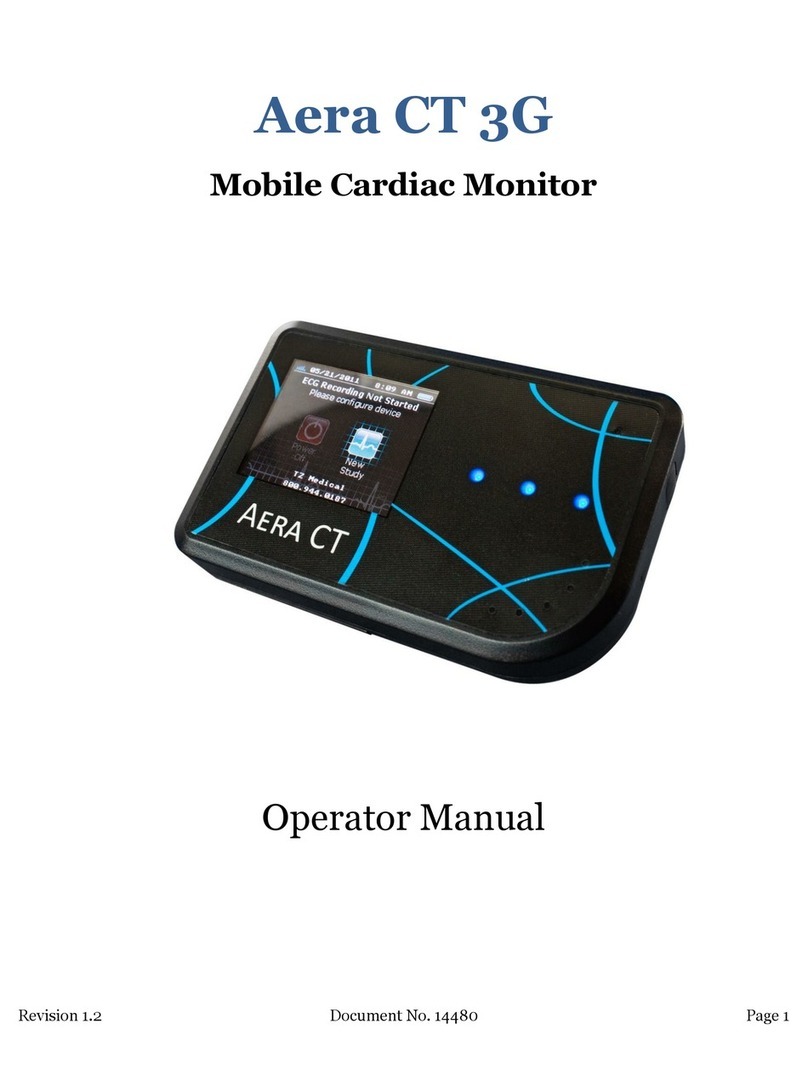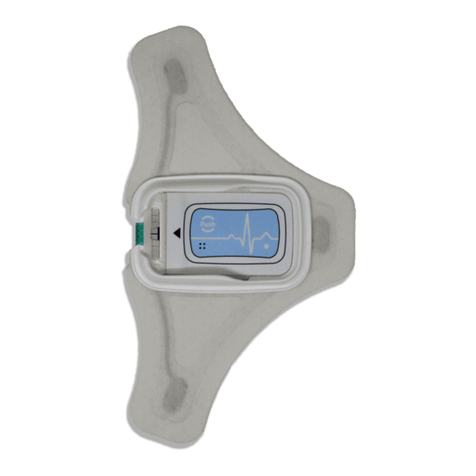
•Confirm that you are injecting air into the ARC™ device and NOT into the side port of the radial sheath or
any other device.
•Over inflation of the balloon (above 20 ml of air) may cause numbness, patient discomfort or RAO
(radial artery occlusion).
•Under inflation of the balloon (under 12 ml or air) may affect the devices ability to assist or maintain
hemostasis.
•Do not soak or wipe with agents containing organic solvents.
•The patient should not be left unattended while the ARC™is in use.
Precautions
•USA Caution Federal Law (US) restricts device sale by or on the order of a physician.
•The safety and effectiveness of the ARC™ device has not been fully established for use with children and
pregnant women.
•Inspect sealed packaging prior to use. Do not use if original packaging is damaged or opened.
•The ARC™ device is a “SINGLE USE DEVICE”, reuse, resterilization or repackaging after cleaning attempts
may result in patient infections.
•The device should be used only by clinicians or those properly trained in the used of the device.
•Only use air for inflation. Do not use other media for inflation.
•Depending on patient’s condition and the degree of balloon pressure, an adverse event including artery
occlusion, hypodermia hematoma, hemorrhage, pain, or numbness may occur. Check the progress of
hemostasis and adjust the air pressure according.
•Do not use the air syringe for other purposes than to inflate the ARC device. It is not designed for other
purposes.
•The ARC device can be inflated only by using the air syringe. If other devices are used, adequate air
compression cannot be achieved.
•Do not put excessive pressure on the tip of the air syringe; this may result in damage of the tip. If the
syringe tip is broken while connected to the ARC device, it could cause air leakage and bleeding.
•When connecting the air syringe to the ARC™device, keep the plunger in place. Releasing the plunger
will cause the air to expel from the device. Loss of air compression may cause bleeding.
•While using, be careful not to put excessive load on the balloon that could break it. Be careful that no
foreign particles get into the air injection port as this may cause air leakage.
•If there is itching or redness of the skin while compressing, stop using and treat appropriately.
•At extremely low temperature, there is a possibility of damage due to decrease in resistance to shock.
•Take care not to damage the ARC ™device with needle, scissors, and other sharp instruments. This may
result in air leakage and bleeding.
•The device should be used immediately after opening the package and disposed of safely and properly
after use.
•Care should be taken to prevent infection during manipulation.
•Avoid exposure to water, direct sunlight, extreme temperature, or high humidity during storage.
•Hemostasistimes mayvarypatienttopatientdependentonthefollowing:
Systolic blood pressure exceeding 160 mmHg.
Platelet level less than 250,000 units.
Patients currently receiving GPIIb/IIIa or Coumadin.



























